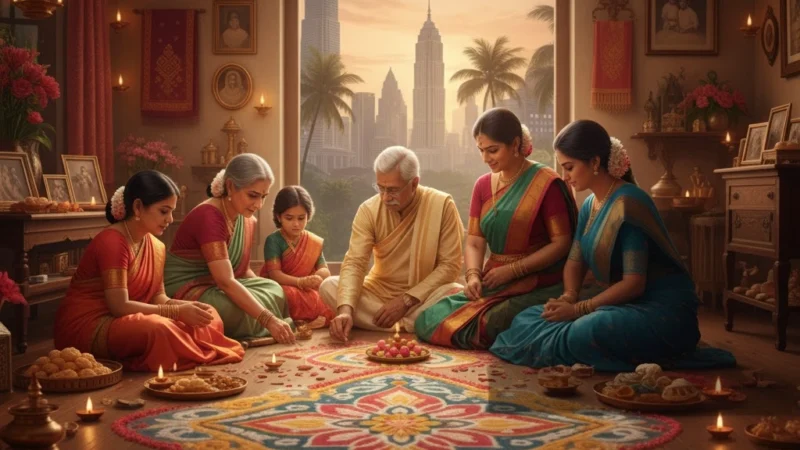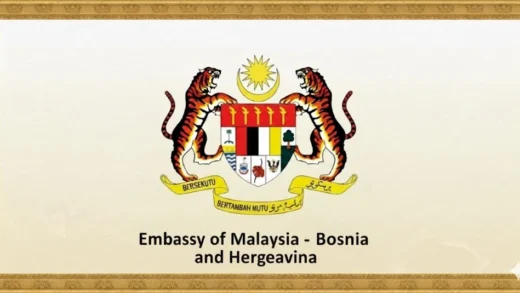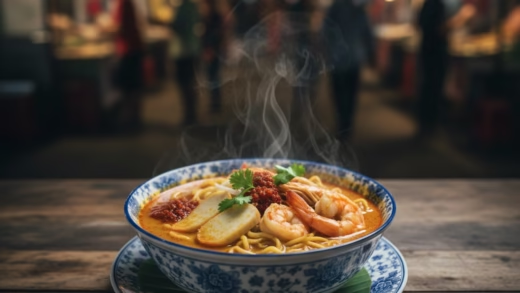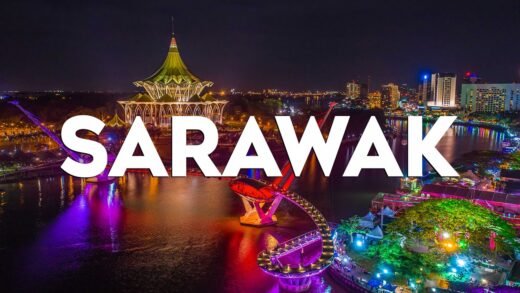The History of Deepavali in Malaysia- Traditions Through Time

Deepavali, also known as the Festival of Lights, is one of the most celebrated occasions among the Malaysian Indian community. Over centuries, this festival has evolved, blending deep-rooted traditions with modern expressions, making it a vibrant celebration of culture, family, and faith.
Origins of Deepavali in Malaysia
The history of Deepavali in Malaysia is closely tied to the migration of Indian communities, particularly Tamil Hindus, during the British colonial era in the 19th century. These immigrants brought with them religious practices and cultural traditions, including Deepavali. The festival symbolizes the triumph of light over darkness and good over evil, a message that resonates strongly across generations in Malaysia.
Long-tail keyword integration: Malaysian Deepavali history and culture, Deepavali traditions in Malaysia
Evolution of Deepavali Celebrations
Initially, Deepavali celebrations in Malaysia were private, family-centered events focusing on prayers and home rituals. Over time, as the Indian community expanded, public celebrations emerged. Today, Deepavali in Malaysia is marked by cultural events, temple gatherings, and community festivities, creating a festive atmosphere across cities and towns.
Long-tail keyword integration: Malaysian Indian festival celebrations
Significance for the Indian Community
Deepavali is not just a religious festival; it is a time for family reunions, community bonding, and cultural expression. It fosters a sense of unity, connecting Malaysian Indians to their heritage and strengthening communal ties.
Traditional Customs and Rituals
Lighting of Diyas
The lighting of diyas (oil lamps) is central to Deepavali. Homes and temples are illuminated to dispel darkness and invite prosperity. The ritual symbolizes spiritual enlightenment and the victory of good over evil.
Kolam and Rangoli
In many households, women create colorful kolam or rangoli patterns at entrances using rice flour, chalk, or colored powders. These designs welcome guests and bring good luck.
Temple Visits
Temples play a pivotal role during Deepavali. Devotees visit temples such as Sri Mahamariamman Temple in Kuala Lumpur and Batu Caves in Selangor to offer prayers, perform rituals, and seek blessings for the year ahead.
Long-tail keyword integration: where to celebrate Deepavali in Malaysia
Regional Variations Across Malaysia
Penang
Penang showcases a blend of tradition and modern celebration. Streets are decorated with vibrant lights, and cultural programs highlight Indian heritage.
Kuala Lumpur
Kuala Lumpur hosts grand Deepavali events, particularly at Sri Mahamariamman Temple, with processions, rituals, and festive markets.
Johor
In Johor, community gatherings and cultural exhibitions bring together families and friends, celebrating traditional practices with devotion and joy.
Ipoh
Ipoh focuses on family-oriented festivities. Homes are decorated, special dishes are prepared, and the community engages in prayers and social gatherings.
Traditional Foods and Sweets
Food is integral to Deepavali celebrations. Popular Malaysian Indian dishes include:
- Murukku: Crunchy spiral-shaped snacks made from rice and urad dal flour
- Laddu: Sweet flour and sugar balls, flavored with cardamom
- Gulab Jamun: Deep-fried dough balls soaked in sugar syrup
- Payasam: Sweet milk-based dessert with rice or vermicelli
These treats are shared with family, friends, and neighbors, symbolizing joy and prosperity.
Decorations and Family Practices
Homes are cleaned and adorned with diyas, flowers, and colorful lights. Families gather to perform rituals, exchange gifts, and enjoy festive meals. These practices strengthen bonds and celebrate cultural identity.
Conclusion
Deepavali in Malaysia is a vibrant testament to the richness of Indian heritage. From its historical roots to contemporary celebrations, it unites communities, celebrates traditions, and brings light and joy to homes across the nation. Whether in bustling Kuala Lumpur or peaceful Ipoh, the festival continues to shine as a cultural and spiritual beacon.





Comments are closed.